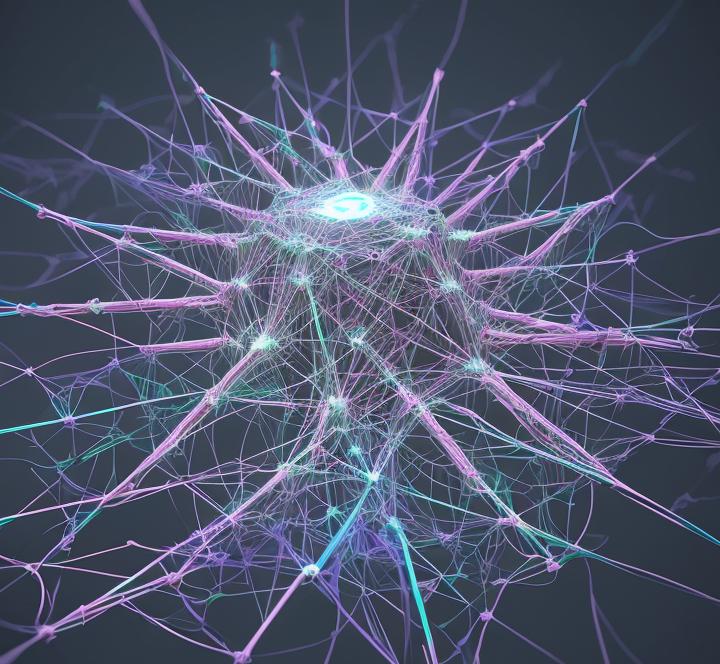Hello, ML enthusiasts! 🚀🤖 We analyzed rotational equilibria in our latest work, ROTATIONAL EQUILIBRIUM: HOW WEIGHT DECAY BALANCES LEARNING ACROSS NEURAL NETWORKS
💡 Our Findings: Balanced average rotational updates (effective learning rate) across all network components may play a key role in the effectiveness of AdamW.
🔗 ROTATIONAL EQUILIBRIUM: HOW WEIGHT DECAY BALANCES LEARNING ACROSS NEURAL NETWORKS
Looking forward to hearing your thoughts! Let’s discuss more about this fascinating topic together!


Please explain like I’m a 5 years old.
Maybe I understand the following :
(my apologies if this is grossly simplified and doesn’t help)
1- Better neural network need to contain more (stacked) layers.
2- input layer at one end of the stack is exposed to messy informations from the real world.
3- at the other end the output layer provide results from the network.
4- the first step for making this work is the training of the network during which training, learning is done.
5- instabilities and stagnation in some layers often occur when learning does not occur in an optimal way. This problem increases exponentially with the number of layers.
6- here learning is done all at once to all the layers. Something called rotation which I don’t understand, is used to stabilize and optimize the learning.
I feel this is very different from human learning where it happens in stages : we first learn words, then try to assemble them to form simple sentences, then evolve to make sense of more complex notions and so on. I wish this approach could apply also in artificial intelligence development.
The human brain isn’t a blank slate when it comes into existence. There are already structures that are designed to do certain things. These structures come “pre trained” and a lot of the learning humans do is more akin to the fine tuning that we do for foundation models.
P.S. : see also :
https://en.m.wikipedia.org/wiki/Stochastic_gradient_descent#Adam